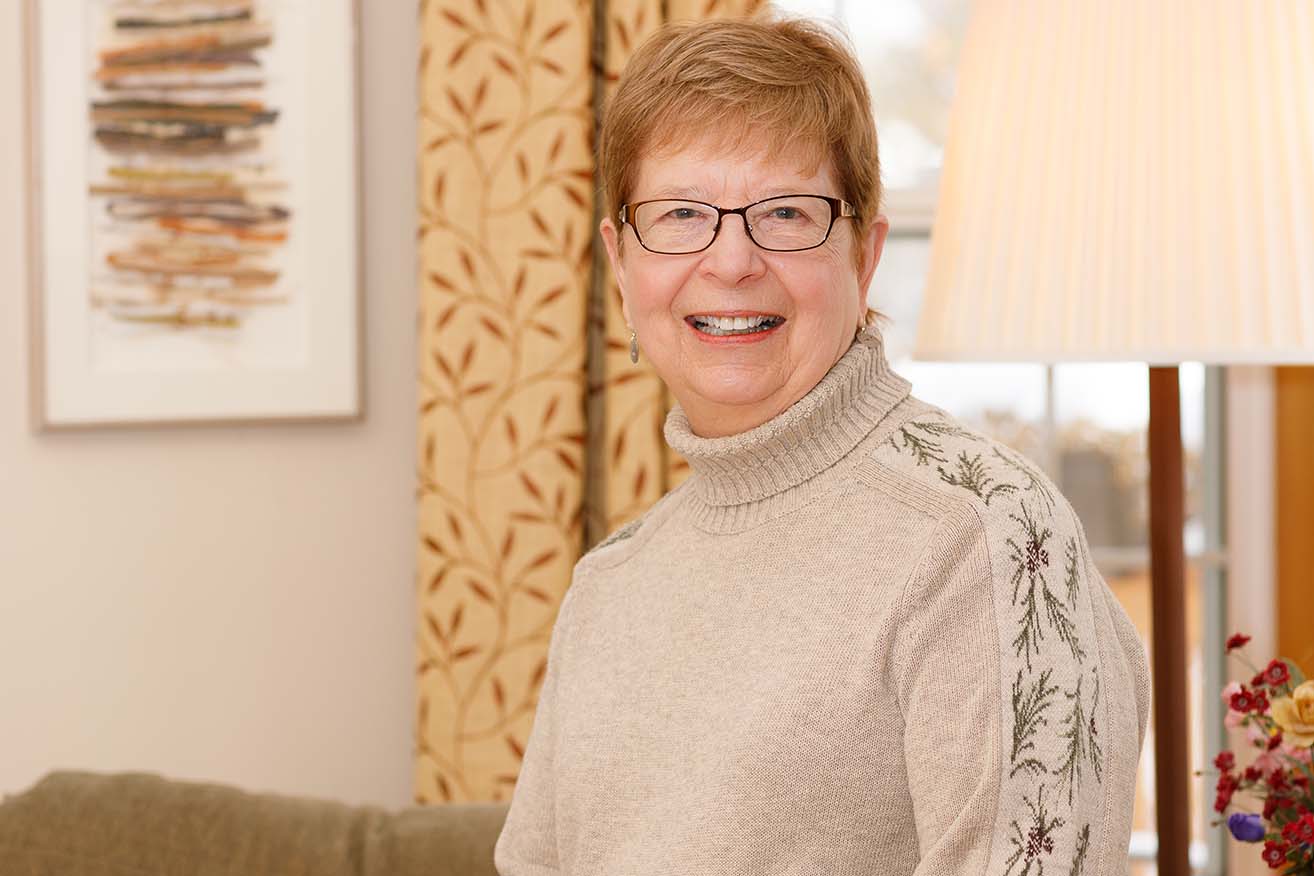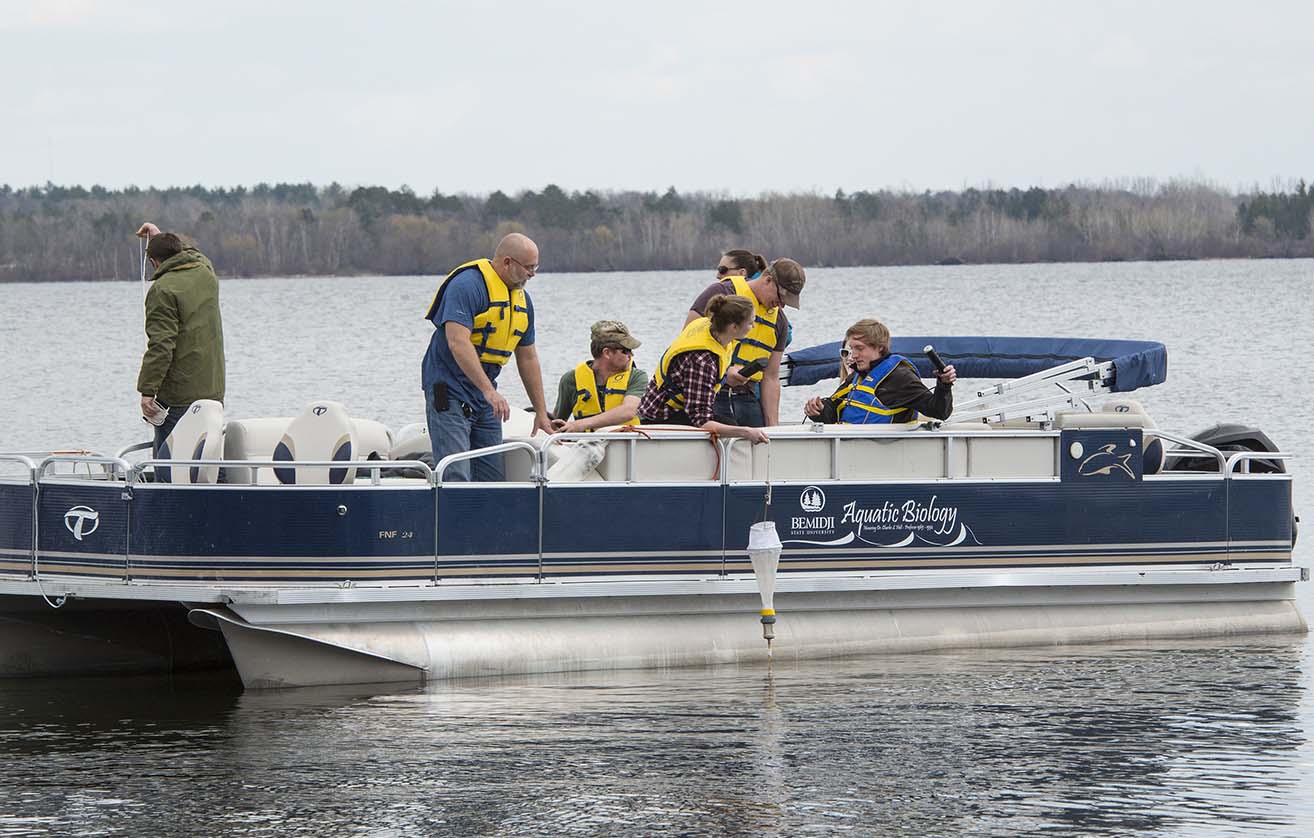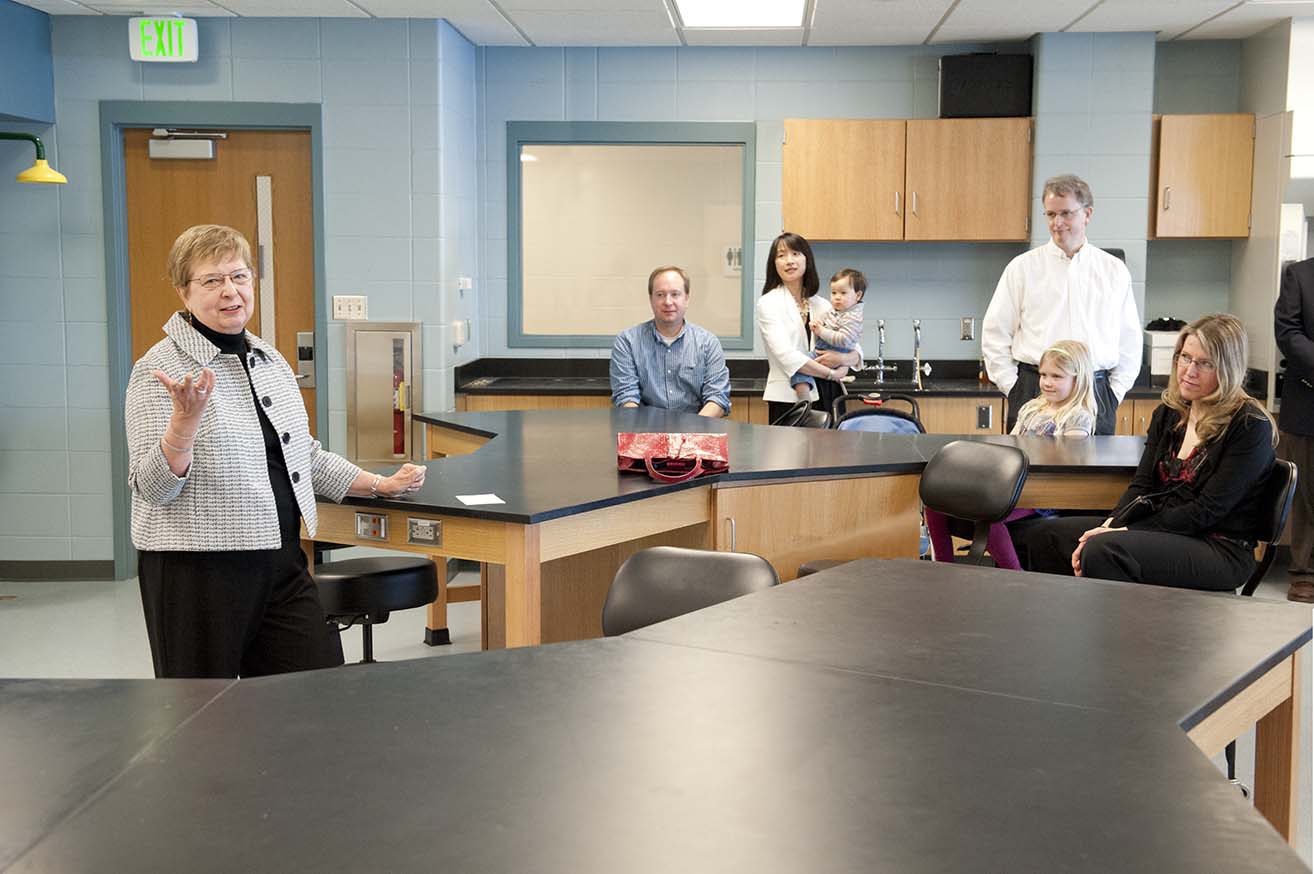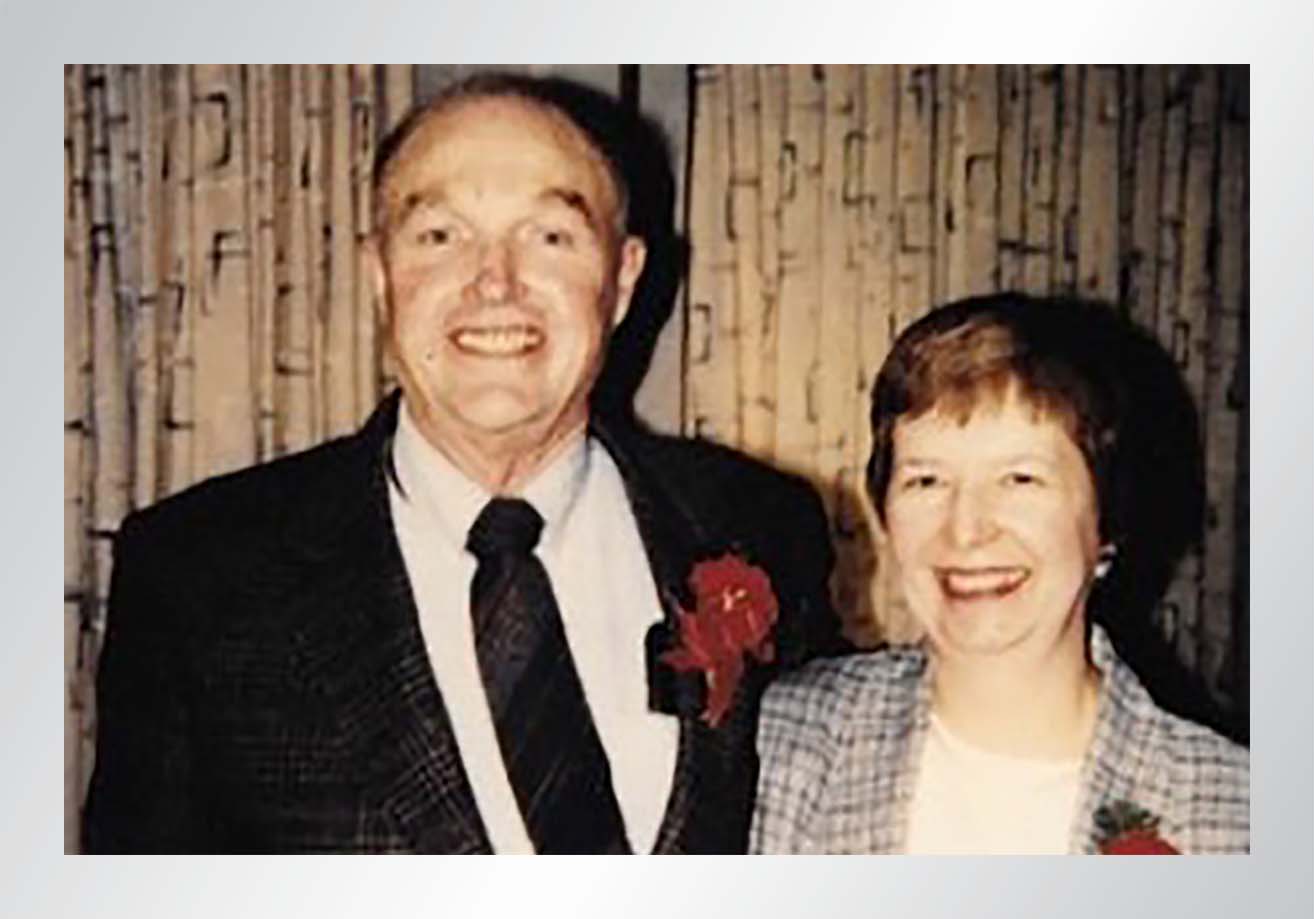



Tales have long been shared around Lake Bemidji, and one of them could be about the man who established the aquatic biology program at Bemidji State University and the woman who helped it endure.
Bemidji State President Harry Bangsberg was looking for someone with a pioneering spirit in 1965 when he recruited the late Dr. Charles “Chuck” Holt to expand the biology department.
Holt, who had recently earned his doctorate from the University of Minnesota, moved north with his wife, Lynne, to take his first job. They thought they would see what a few years would bring at the lakeside campus.
Lynne Holt recalls that the opportunity appealed to Chuck because Bangsberg challenged him to build an aquatic biology program where none existed.
As a student who completed all of his studies in either a classroom or a lab, Chuck was determined to take advantage of the university’s unique setting and get Bemidji State students out on the water.
He learned about a surplus center in the Minneapolis area for items discarded by state departments. He and other faculty members traveled there almost monthly to pick up items for their fledgling department. A microfiche reader became a fish scale reader to study limnology and two bridge pontoons became a floating classroom known as “The Barge.”
The Barge “was a huge step forward” in the development of the program. It allowed students to get water samples and establish baselines of data about Lake Bemidji in its pivotal position on the Mississippi River chain.
“It was big and clumsy,” Holt recalled. “It sunk a few times. That’s how the program got started.”
Firsthand experience of those early challenges motivated her in 2010 to create an endowment that supports the aquatic biology program Chuck was so integral in starting.
This gift went beyond the scholarship endowment created by family, colleagues and friends after Chuck’s death in 1998. The Charles S. Holt Memorial Scholarship is awarded annually to an outstanding aquatic biology student on campus.
Holt worked with BSU Alumni & Foundation staff to determine the direction and design of her support. With $50,000, she created an endowment in Chuck’s memory that allowed for the continued development of aquatic biology at BSU, including the creation of a research room in Sattgast Hall and the purchase of a pontoon boat – one not made from spare parts.
Students learn about the proper equipment to collect data. That data, in turn, is the basis for several university courses. The balance between academic and fieldwork is the strength of the program. BSU’s research-based curriculum allows students to be certified as fish biologists with the American Fisheries Society.
Likewise, the new pontoon is an invaluable resource for teaching and recruitment, said Associate Professor Andrew Hafs, who oversees the fisheries biology unit.
“Every potential student sees that boat,” Hafs said.
 Professor Holt’s legacy has inspired support from others, as well. In 2017, BSU alumni Joe ‘81 and Patty ‘81 Grabowski made a gift in Holt’s honor to the research fund that has been renamed the “Dr. Charles and Lynne Holt Aquatic Biology Endowed Research Fund.” Joe Grabowski was a student of Holt and mentioned him when accepting an Outstanding Alumni Award in 2015.
Professor Holt’s legacy has inspired support from others, as well. In 2017, BSU alumni Joe ‘81 and Patty ‘81 Grabowski made a gift in Holt’s honor to the research fund that has been renamed the “Dr. Charles and Lynne Holt Aquatic Biology Endowed Research Fund.” Joe Grabowski was a student of Holt and mentioned him when accepting an Outstanding Alumni Award in 2015.
“Dr. Holt was a professional who was serious about research and held high expectations for all of his students,” Grabowski said at the time.
Holt echoes Grabowski’s sentiment and describes the unique traits a person needs to be a successful field biologist, traits her late husband possessed.
“They have to be curious and they have to love the outdoors,” she said.
While technology simplifies such routine tasks as taking daily measurements, Holt remembers the rigor and dedication required to gather data.
In addition to a hardy nature, field biologists need to be able to share their findings with other scientists in a professional manner. According to Holt, her husband thought it was very important for students to confer with other scientists, make presentations at conferences and publish their findings.
“He worked with them and worked with them and worked with them to make sure they were ready,” she said.
Every effort he made was to advance the aquatic biology program at Bemidji State and prepare students for success after graduation, she said.
With ingenuity, hard work and the foresight of the administration, he was able to put the program together from scratch and work at BSU until retiring in 1996, Holt said.
Having begun with a single professor, the aquatic biology now has three faculty members teaching 70 to 80 students who choose among areas of emphasis in wetlands ecology, aquatic systems and fisheries biology. In addition, many biology master’s students concentrate on the aquatic sciences. The department has a strong relationship with the Minnesota Department of Natural Resources, which translates into research opportunities for students.
For Holt, who in 1980 earned her own master’s degree in biology, the ongoing vitality of aquatic biology at BSU has been personally rewarding.
“It just seemed to work out,” she said, “It’s great to see the program thrive.”
Written by Maryhelen Chadwick
